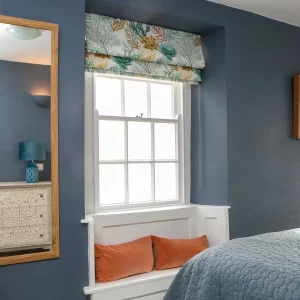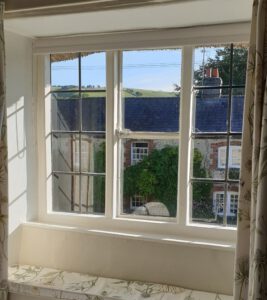Spring 2021 heralds the conclusion of a residential project in a pretty corner of Poole and is a typical example of the monitoring and support we can offer to a client. Project management can take many forms. Many domestic refurbishment projects don’t require a full-time project manager and a bespoke service consisting of staged visits may be more appropriate. This involves regular checks on the progress of the building work, support on customer concerns and any necessary follow ups, with an eye to detail, dependencies and the overall schedule.
The Poole project was split into two phases. Phase 1 included landscaping the garden based on a design from a leading Chelsea designer. This involved hard landscaping, planting and installation of an electric gate. There were a number of dependencies, variations, challenges and a fair amount of weather to content with!
As much of the work was carried out during the pandemic there were, unsurprisingly, delays with the provision of materials and days off due to sickness. Due to increased demand the lead times for some trades increased from an expected 6-12 weeks to 4-6 months. This will be an ongoing challenge for clients requiring building work this year.
Phase 2 of the project, internal decoration, followed hard on the heels of Phase 1 but was planned well in advance with the remote input of an interior designer. The clearance company, decorators, joiners and carpets fitters all turned up on time and the clients were very pleased with the result.
You can see photos of both phases of the project on Instagram together with pictures of other live projects. And below is a summary of the tasks carried out at the various stages of the build.
Planning the Project
During the planning phase we work with the client to define the scope of the project and obtain competitive quotes for the various elements of the project. It’s at this stage that budgets are refined, the timeline starts to take shape and everyone can start to focus on the details.
During the Build
- Regular site visits to view progress and update the client, and follow ups as necessary
- Managing expectations … if there are variations, for example unexpected costs. These should be discussed within the constraints of the budget
- Checking the quality of the work and identifying any issues
- Approving stage payments based on the original specification and estimate
Project Completion
- Compiling a snagging list and scheduling in any remedial work
- Approving final payments to contractors/trades
- The paperwork – this might include Building Regulation sign off, electrical certificates, guarantees and warranties





